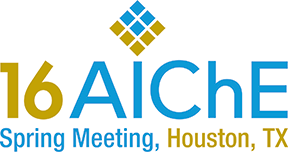

Design of complex technical systems with potential for major accidents, such as nuclear power plants, offshore installations and high hazard process facilities, is often supported by quantitative risk analysis (QRA). This contributes to a safe design and optimized use of resources for controlling risk. QRA has been developed and improved over several decades for this purpose. In recent years, the offshore oil and gas industry in Norway has put significant effort into application of QRA also for supporting decisions in day-to-day operations of process plants. Several objectives have driven these attempts. An important objective is to ensure that major accident risk is taken into account in an adequate manner in daily operations. Another important point is to provide a basis for more consistent decision-making with respect to risk. Success in meeting these objectives has however been limited so far.
The MIRMAP project (Modelling Instantaneous Risk for Major Accident Prevention) is attempting to address this issue in a systematic manner. The starting point has been the types of decisions taken in daily operation, compared to the types of decisions in a design project. Based on this, risk models have been developed which are intended to give up-to-date risk information with limited effort and sufficiently quickly to be available when the decisions are being made. In trafitional QRA, focus in the modelling is on technical systems and layout and how the systems may fail. This is relevant in design, when there is scope for making changes to these aspects. However, in operation, the design is fixed and changes in the risk level are driven primarily by the activities taking place and how they may interfere with the technical systems. The risk analysis should therefore also focus on activities. This is a different approach compared to traditional QRAs.
The paper will describe the background to the project and the principles of the modelling of risk. Some examples will be provided and practical implications and feasibility will be discussed.
